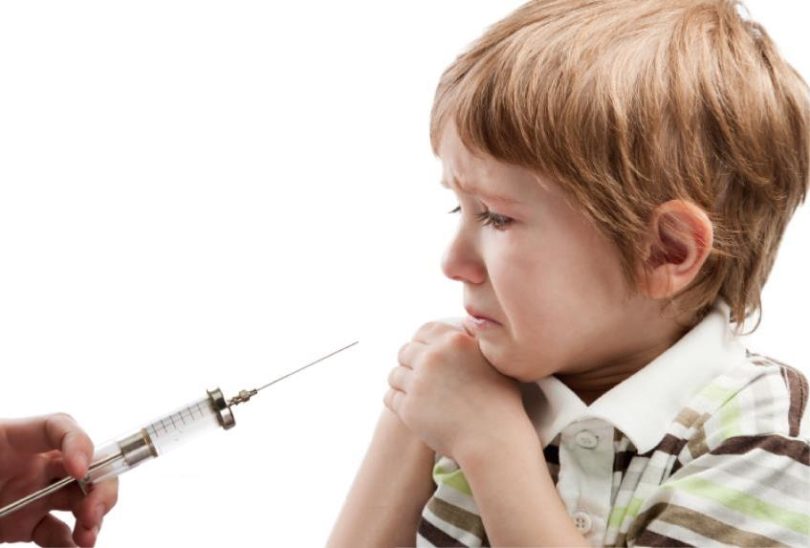Vaccinations save lives, and for the most part are very safe. And the link between vaccines and autism has been widely debunked. So vaccines are safe right? Not always.
The United States’ long-standing vaccine safety program closely and constantly monitors the safety of vaccines. A critical part of the program, CDC’s Immunization Safety Office, identifies possible vaccine side effects and conducts studies to determine whether health problems are caused by vaccines. Data show that the current U.S. vaccine supply is the safest in history.
The cornerstone of the safety program is the Vaccine Adverse Event Reporting System (VAERS). VAERS is a national vaccine safety surveillance program jointly run by the CDC and the Food and Drug Administration (FDA). VAERS serves as an early warning system to detect possible safety issues with U.S. vaccines by collecting information about adverse events (possible side effects or health problems) that occur after vaccination. VAERS was created in 1990 in response to the National Childhood Vaccine Injury Act. If any health problem happens after vaccination, anyone – doctors, nurses, vaccine manufacturers, and any member of the general public – can submit a report to VAERS.
So far so good.
But most vaccines do pose a slight risk of injury. Soreness at the injection site and fevers are the most common side effects of a vaccination. But each injection also carries the risk of fainting, febrile seizures, Guillain-Barré syndrome, or worse.
In 2015 alone, over $200 million was awarded to cover vaccine related injuries by the National Vaccine Injury Compensation Program (VICP). The VICP provides compensation to people found to be injured by certain vaccines and is funded by a $.75 excise tax. Last year, injuries included anaphylactic shock, brachial neuritis, encephalitis, chronic arthritis, paralytic polio, thrombocytopenic purpura, intussusception, and death. While these are rare, over $3 billion has been awarded to compensate people for vaccination related injuries since the VICP program started in 1989. Not very comforting statistics.
However, over the last 8 years, 2.5 billion vaccinations have been given, and 2000 injuries were reported during that time. That amounts to approximately a 1 in a million chance. In other words, the odds are greater to be struck by lightning than being injured by a vaccine.
Sources:
http://www.hrsa.gov/vaccinecompensation/data/statisticsreport.pdf
http://www.hrsa.gov/vaccinecompensation/vaccineinjurytable.pdf







